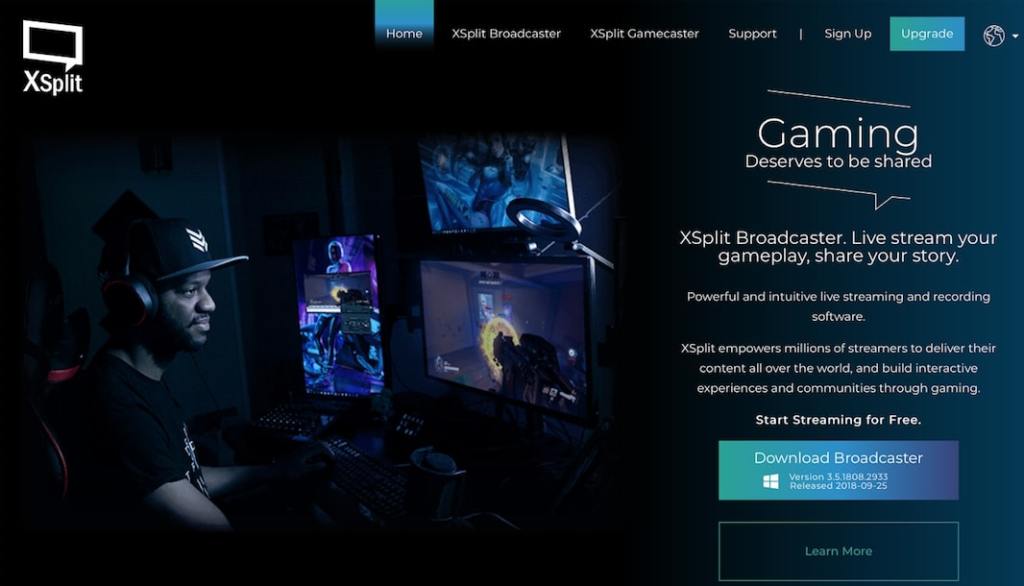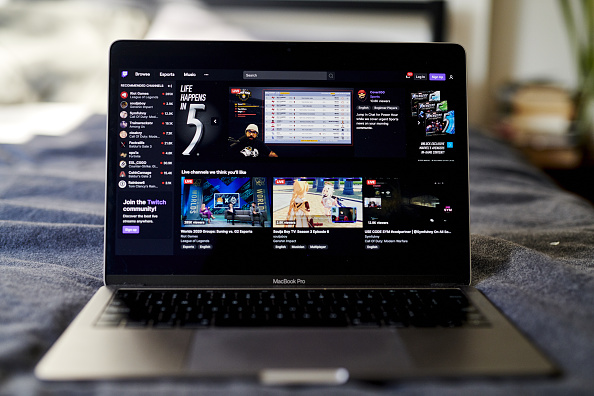
Social media has transformed the traditional marketing space, bringing new opportunities and methods that companies can leverage to reach diverse populations. Future studies are needed to examine how the livestreaming environment may enhance advertising effectiveness relative to asynchronous platforms. The findings support that food marketing exposures on Twitch are noticeable, less bothersome to users and influence consumption and purchasing behaviours. 54 %, P < 0⋅01), while a higher proportion felt that YouTube's advertising primarily supported the platform (49 v. A higher proportion felt Twitch's advertising primarily supported content creators (79 v. Of users who frequented YouTube ( n 273), 65 % reported negative emotions when encountering advertising on YouTube compared with 40 % on Twitch ( P < 0⋅01). There were significant differences in the number of users who consumed various products while watching Twitch ( P < 0⋅01). In chat rooms, 56 % observed conversations related to food and 25 % participated in such conversations.


After observing advertised products, 14 % reported craving the product and 8 % reported purchasing one. There were significant differences in the recall of specific brands advertised on Twitch ( P < 0⋅01). Of respondents, 72 % recalled observing at least one food or beverage advertisement on Twitch. A survey administered via social media was completed by 621 Twitch users (90 % male, 64 % white, 69 % under 25 years old). The present study aimed to compare users’ self-reported exposure to food marketing and associated attitudes, consumption and purchasing behaviours on Twitch compared with YouTube. However, food and beverage marketing on Twitch has not been evaluated at a user level. Influencer marketing may be amplified on livestreaming platforms (e.g., Twitch) compared with asynchronous social media (e.g., YouTube).


 0 kommentar(er)
0 kommentar(er)
